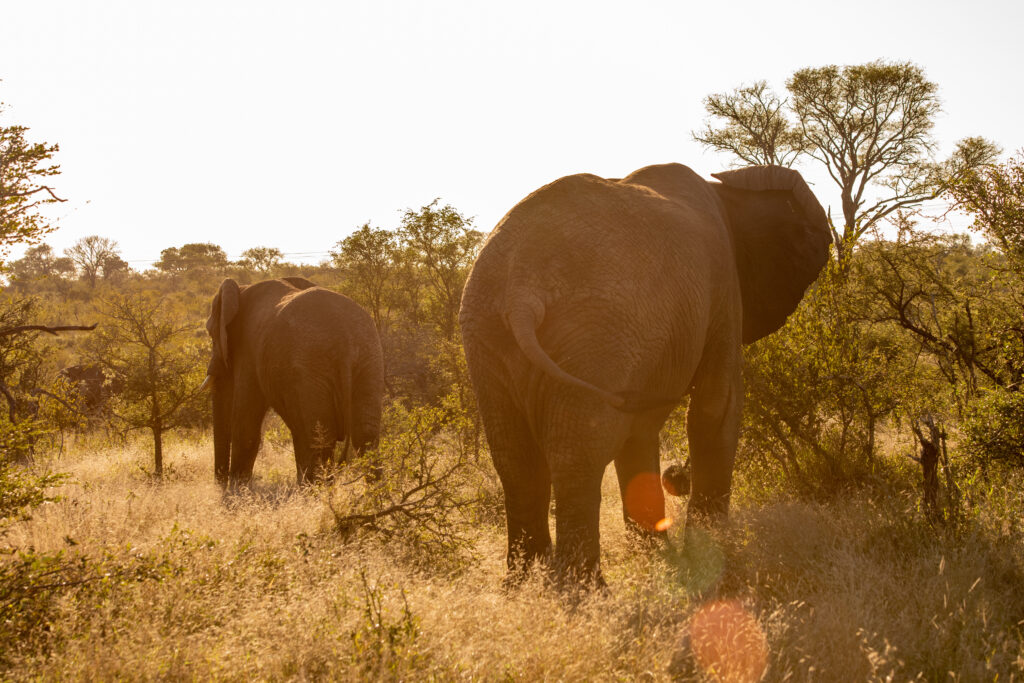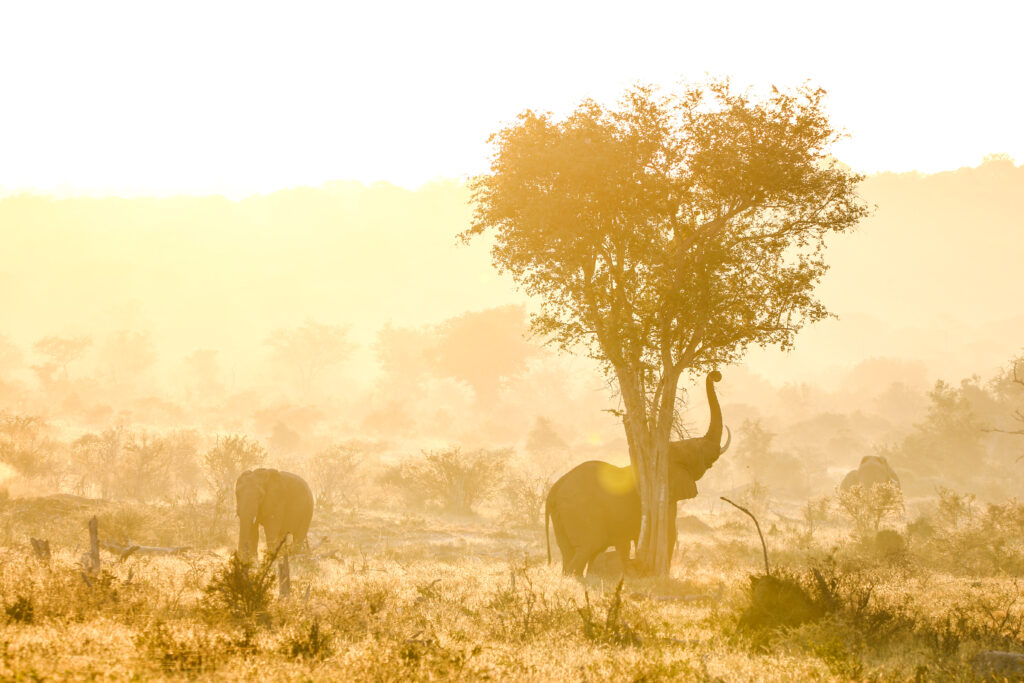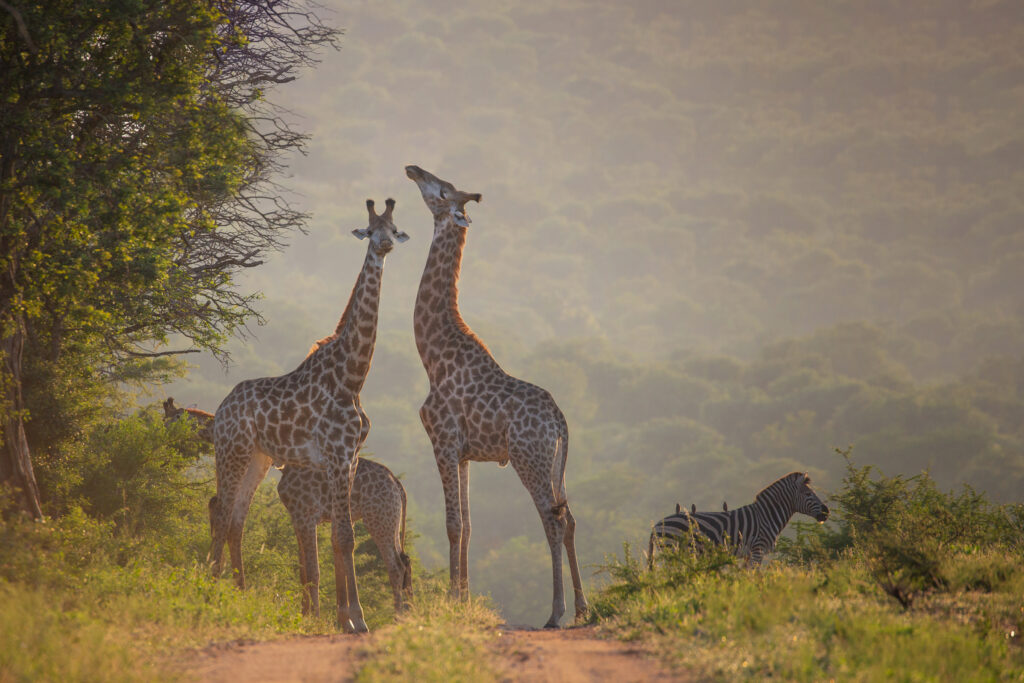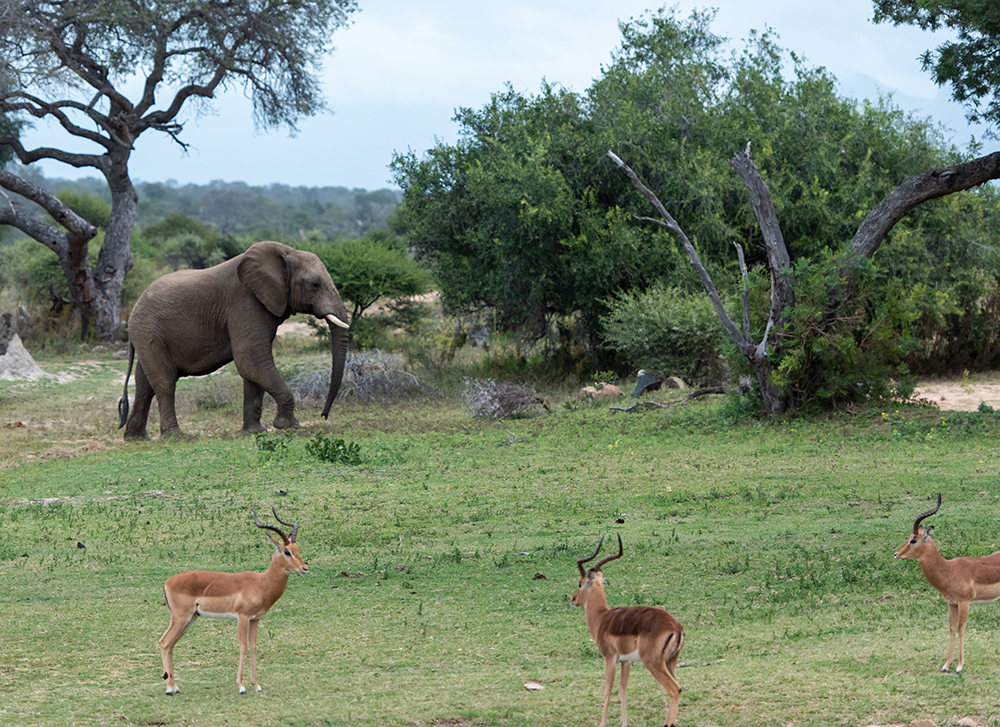Africa is home to some of the world’s most diverse ecosystems, with a wealth of flora and fauna that has developed over millions of years. However, this remarkable biodiversity is under threat. Human development and climate change have severe impacts on the continent’s biodiversity areas. As the effects of these threats increase, finding a balance between biodiversity conservation and human development is critical.
In this blog post, we explore the complex relationship between biodiversity conservation and human development in Africa, and we look at how to balance these seemingly conflicting goals. We examine the impacts of human development and climate change on biodiversity, as well as the role that wildlife reserves and protected areas play in conserving biodiversity.
What is biodiversity? Why is it important?
Biodiversity refers to the variety of life forms on Earth. It includes the diversity, distribution, and abundance of species, the genetic diversity that exists within species, the diversity of ecosystems, and the diversity of ecological processes.
“While biodiversity does embrace all these living things, the concept extends beyond mere species diversity or abundance,” explains journalist Elizabeth Claire Alberts in an article for Mongabay. “It also encompasses the infinite variety of genes that allow animals and plants to adapt and survive, as well as the diversity of planetary ecosystems, and the different functions that organisms and ecosystems play in our intricately connected world.”
Biodiversity is essential for the processes and resources that sustain life on Earth. Biodiversity ensures that ecosystems can function and perform ecosystem services such as air purification, water filtration, waste decomposition, pollination, erosion prevention, flood control, food production, climate regulation, and carbon storage.
What is the role of wildlife reserves and protected areas in biodiversity conservation?
Wildlife reserves and protected areas:
• Provide areas for plants, animals, and ecosystems to exist without interference from human activities that could threaten them.
• Serve as wildlife corridors that allow wildlife to move between different protected areas.
• Help mitigate the effects of climate change by preserving carbon storage, regulating local and global water storage, and reducing the impact of natural disasters such as floods and landslides.
• Provide educational opportunities for visitors to learn about biodiversity, ecological systems, and conservation efforts.
• Provide economic benefits to local communities and generate profits that can be invested in conservation.
What are the biggest challenges facing wildlife reserves and protected areas today?
Today, wildlife reserves and protected areas face several threats. Two of the most pressing threats are climate change and human development. Many key biodiversity areas are found in wildlife reserves and protected areas, which means that climate change and human development are also threatening biodiversity. According to Ken Mwathe, the Policy and Communications Coordinator of BirdLife International, an estimated 38% of Africa’s biodiversity areas are under severe threat from climate change and infrastructure development.
How does climate change impact wildlife reserves and protected areas? How does it affect biodiversity?
Changes in temperature, precipitation patterns, and extreme weather events can alter ecosystems, disrupt ecological cycles, and force species out of their natural habitats. As a result, climate change can lead to changes in the distribution and abundance of species, alter their interactions with other species and their environment, and increase their risk of extinction. All of these effects lead to biodiversity loss.
Climate change can directly cause biodiversity loss. For example, a study that was recently conducted in the Kruger National Park found that extreme weather events are linked to the loss of animals and plants, as species are not able to cope with the lack of availability of water and food caused by longer dry spells and hotter temperatures.
Climate change can also exacerbate other threats to biodiversity, such as habitat loss, the spread of diseases, the presence of invasive species, and human-wildlife conflict. For example, changes in temperatures and precipitation patterns can create conditions that favour invasive species over native ones, and frequent extreme weather events can limit the availability of food and water and lead to animals searching for food and water in human-populated areas.
How does human development impact wildlife reserves and protected areas? How does it impact biodiversity?
Wildlife reserves and protected areas are also increasingly affected by human development and the expanding populations and infrastructure projects that go along with it. As human populations grow and expand into new areas, habitats are fragmented or destroyed and wildlife is forced to flee, leading to the loss of biodiversity.
Where humans move into new areas, they have increased contact with wildlife, which leads to increased human-wildlife conflict and, in turn, an increased risk of extinction for some species.
In some areas, growing populations may cause economic or social challenges in the communities that live near wildlife reserves or within protected areas, which may lead to increased reliance on the natural resources found within reserves and protected areas.
Human activities such as logging, mining, construction, and agriculture also lead to the loss of habitats, and noise caused by such activities may scare off wildlife. Such activities may also lead to poaching, as workers may hunt for bushmeat in the area. In addition, pollution, overconsumption, and introduction of invasive species can also harm biodiversity.
Of course, human activities also drive climate change, and therefore the impacts of climate change are ultimately also the impacts of human development.
Can we balance human development with biodiversity conservation?
Yes, it is possible to balance human development with biodiversity conservation, but finding that balance is difficult. In order to balance human development and biodiversity conservation, the following needs to be kept in mind:
• Collaboration is essential.
It requires a collaborative effort from governments, industries, conservation organisations, and, crucially, local communities.
• Local communities need to be included.
Conservation projects often exclude or even negatively impact local communities, focusing on solutions that limit their development, bring them into increased conflict with wildlife, or force them to move. Local communities tend to know where conservation efforts will be most effective, and community conservation projects around the world have proven to be successful. Conflicts between human development and conservation objectives are reduced when local communities are involved in efforts to conserve biodiversity, such as by working for conservation organisations or projects, managing their own conservation organisations or projects, or owning the land that needs to be conserved. According to David Obura, the founding director of CORDIO East Africa, “The problem with the conservation model now is that it alienates local people and doesn’t really prioritize nature where they live. And so we really need to be working on conservation so that it benefits people directly and that makes them much more interested in conservation as custodians and nature. I think that’s why we really need it now more than ever in Africa.”
• Human development and biodiversity conservation are interdependent and mutually reinforcing, and you cannot have the one without the other.
Human development is dependent on biodiversity – we rely on it for clean air, water, and soil, as well as natural resources that sustain us. And because human activities and the consequences thereof, including climate change, have devastating impacts on biodiversity, we are at a point where we actively need to work to restore and conserve biodiversity. And in order to actively work on biodiversity restoration and conservation, we need human development.
• Economic growth and development can provide resources and funding for us to invest in biodiversity conservation efforts.
Such resources and funding can also be used to support research and monitoring, or to implement sustainable land use practices or renewable energy sources. For example, ecotourism in protected areas generates income that is invested in the conservation of those protected areas.
• Human development can help to reduce the pressure on natural resources that is caused by poverty and a lack of economic opportunities.
If there are alternative economic opportunities available to communities near or within protected areas, they will be less reliant on natural resources. A recent United Nations report on ecosystem restoration states that “Poverty is partly a consequence of land degradation and, in certain circumstances, can exacerbate damage to ecosystems.” Therefore, biodiversity conservation benefits local communities, and development in local communities benefits biodiversity.
Human development and environmental protection are both necessary for long-term sustainability. It is by no means easy to balance these two objectives, but through careful planning and collaboration between different groups, we can ensure that economic development is sustainable and does not come at the expense of biodiversity and ecosystems.
Sources
Alberts, E.C. (2021) ‘Shared earth’ conservation promises to prioritize nature and people, Mongabay, 13 August. Available at: https://news.mongabay.com/2021/08/shared-earth-conservation-promises-to-prioritize-nature-and-people/.
Alberts, E.C. (2022) Global biodiversity is in crisis, but how bad is it? It’s complicated, Mongabay, 11 April. Available at: https://news.mongabay.com/2022/04/global-biodiversity-is-in-crisis-but-how-bad-is-it-its-complicated/.
Dube, K., Nhamo, G. (2019) Evidence and impact of climate change on South African national parks. Potential implications for tourism in the Kruger National Park, Environmental Development, Volume 33. Available at: https://www.sciencedirect.com/science/article/abs/pii/S2211464519300363.
Kabukuru, W. (2022) African wildlife parks face climate, infrastructure threats, The Associated Press, 11 August. Available at: https://apnews.com/article/travel-droughts-africa-2b79d7101b55bd588e5593b2c29d1f9d.
Lindsey, P.A. et al. (2022) Shepherding Sub-Saharan Africa’s Wildlife Through Peak Anthropogenic Pressure Toward a Green Anthropocene, Annual Review of Environment and Resources, 47:91-121. Available at: https://www.annualreviews.org/doi/pdf/10.1146/annurev-environ-120920-125536.
Rights and Resources Initiative et al. (2022) Reconciling Conservation and Global Biodiversity Goals with Community Land Rights in Asia. Available at: https://rightsandresources.org/wp-content/uploads/Asia-Conservation-Report.pdf.
United Nations Environment Programme. (2021) Becoming #GenerationRestoration: Ecosystem restoration for people, nature and climate. Available at: https://wedocs.unep.org/bitstream/handle/20.500.11822/36251/ERPNC.pdf.



 Comment
Comment

